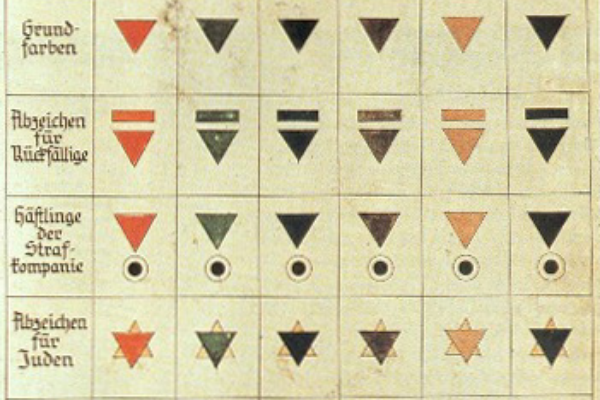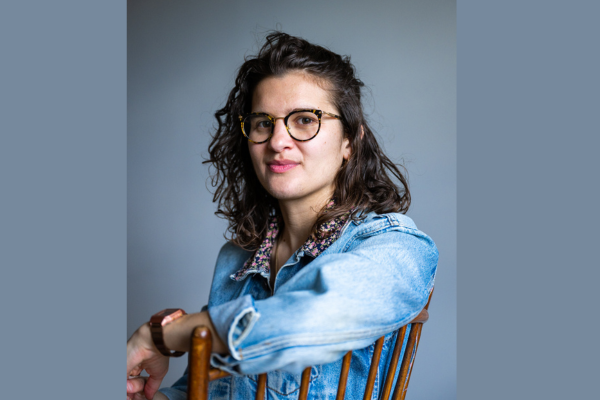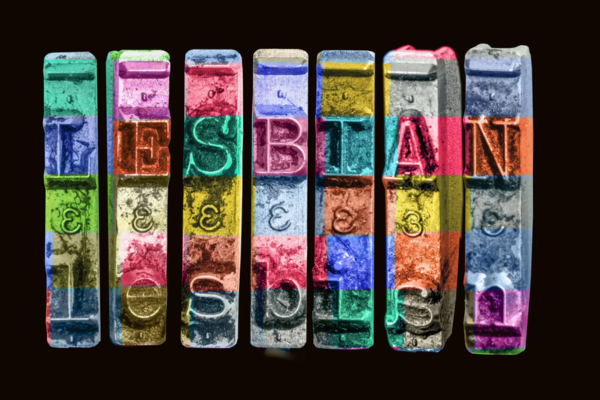
I Need Straight Women to Stop Sleeping with Lesbians
January 24, 2022
Women You Should Meet (W.Y.S.M.): Zakiya J. Lord
January 28, 2022On International Holocaust Remembrance Day, every group who was persecuted by the Nazi regime should be remembered. At Tagg, we want to bring awareness to the history of queer women that is so often overlooked when learning about this time period.
In their quest to purge humanity of anyone undesirable, many different types of people were seen as criminals by the Nazis and sent to concentrations camps. Of course, millions were killed for being Jewish. Others were targeted for their race, such as Roma people and people of African descent. Some were attacked for having mental or physical disabilities. Some were criminalized for their beliefs such as communists and Jehovah’s Witnesses. And others were seen as criminals for their sexuality.
Each of these categories of people were identified by a differed colored triangle badge on their uniform in the camps. A brown triangle indicated a Roma person. A red triangle meant a political prisoner. Two overlapping yellow triangles would form the star to mean a Jewish prisoner.
The pink triangle was used for “homosexual men,” though bi men were almost certainly lumped in with that label. Rapists and other sexual criminals also wore the pink triangle. Up to 15,000 people convicted of being homosexual men were sent to concentration camps and more than half of them died.
The pink triangle went on to be reclaimed as a gay pride symbol in the 1970s, helping to make this history more known. But less known is the black triangle, which lesbians wore.
The black triangle was for “asocial” individuals which included many types of people including people with mental health issues, people living with addiction, sex workers, beggars, homeless people, pacifists… and lesbians or other “asocial” women. Though the black triangle was also reclaimed as a lesbian pride symbol, there are few records of any lesbians being persecuted solely for their sexuality. Most queer women more likely suffered if they held an intersectional identity, like being Jewish, or for being outspoken political activists.
Many queer women were involved in the Resistance, including Dutch conductor Frieda Belinfante, French artists Lucy Schwob and Suzanne Malherbe, and American-French performer Josephine Baker.
Under Nazi law, only sex between men was criminalized. Technically, there was no law against sex between women or lesbian identity. Since queer women were women and women’s purpose was to have children, there was no issue from the Nazi perspective. Queer women could still bear children for the Aryan future, whether they liked it or not, and the regime did not want to get rid of women who were able to do that. According to the United States Holocaust Memorial Museum, “the Nazis concluded that Aryan lesbians could easily be persuaded or forced to bear children.”
Nevertheless, according to the museum, the Nazi regime “harassed and destroyed lesbian communities and networks.” As queer men’s gathering spaces, publications, and other resources were destroyed, queer women lost theirs at the same time.
It was a devastating era for the entire queer community, and of course for every group persecuted. A lifetime later, we make efforts to educate ourselves and connect to our history so that we remember and honor those who suffered and resisted.





